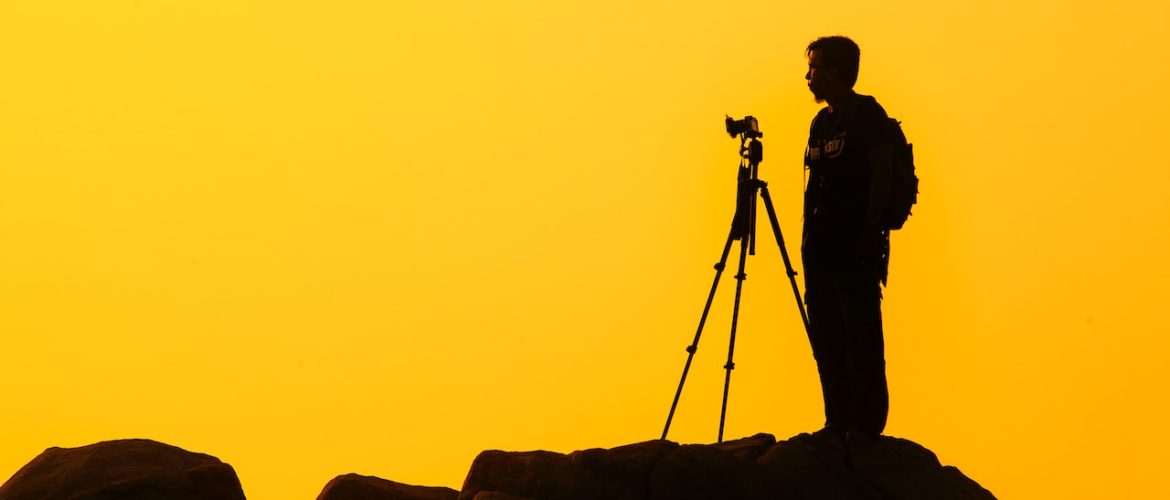The Impact of Camera Technology on Photography as a Medium

Primitive camera technologies would be virtually unrecognizable today, as innovations in photography have been picking up at a fast pace since the turn of the century. Pinhole Images have been in place as early as the 4th century by projecting a small image into a larger surface. The second iteration of pinhole technology is known as the camera obscura, which served as the basis for more advanced camera models. The camera obscura effect produced a brighter and sharper image and was frequently used by artists as a drawing aid.
As technology evolved, the face of photography and the quality of images also advanced. The development of the daguerreotype in the early 1900s allowed images to be captured and preserved in an object. As photography became more accessible and widespread, its popularity as an art medium grew. Camera technologies play a crucial role in keeping photography a timeless art form. Today, we’ll explore four camera technologies that impacted photography as a medium for documentation and expression.
1. 360 cameras
360 cameras are also known as omnidirectional cameras because they provide a 360-field of view. Their lenses capture everything around the sphere and are needed when large visual fields, such as in panoramas, need to be covered. Artists today are immersed in the outdoors and have incorporated 360 camera technology through models such as GoPro Max or Insta360 One X2 into their art. 360-degree YouTube videos, for instance, allow viewers to interact with the videos by moving their mouse left or right and seeing different parts of a scene. This dramatically expands an artist’s options to peripheral views on videos and images.
2. Drones
Once reserved for the world’s most powerful militaries, the use of drone cameras has become an affordable and accessible form of camera technology. The ease of use provided by drone manufacturers such as DJI has captured the attention of professionals and hobbyists alike. Drones now come in pocket-sized sizes, such as the DJI Mavic Air or the Contixo F31 Pocket Drone. These are perfect for traveling artists who want to capture unique aerial views of their destinations without lugging around heavy and expensive equipment.
3. DSLR cameras
Photography remains a timeless form of art as it captures a moment in its actuality. This is why high-definition DSLRs are some of the most popular cameras on the market. They allow users to capture professional and high-quality images, making them perfect for studio photography and outdoor photography alike. For instance, the mirror and prism systems of the Nikon D850 or the Sony Cyber-Shot DSC-RX10 IV can capture stunning portraits that maximize lights and shadows. The DSLR is the perfect choice for artists whose primary art medium is photography because it produces the best quality prints for galleries and exhibits.
4. Mirrorless cameras
While a DSLR works by light hitting a mirror inside the camera angled at 45 degrees, a mirrorless camera makes light pass through the lens and straight onto the sensor to be processed. Without a mirror inside the body, a mirrorless camera is noticeably smaller and lighter than its DSLR counterparts. It can also be considerably quicker in autofocusing because this process takes place on the sensor itself. Models such as the Fujifilm GFX 50R or the Sony Alpha a7 IV are perfect for street photography. The ease of use of mirrorless cameras allows artists to focus on building the narrative and composition they need for their art.
Camera technology can significantly change how artists work and give birth to a new art direction. Photography has been considered an art medium whose format will continue to evolve for more than a century now as innovations are developed and introduced.
